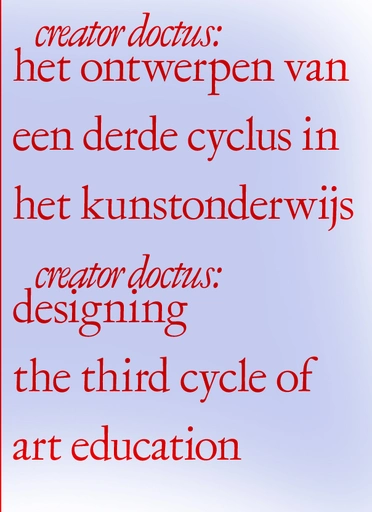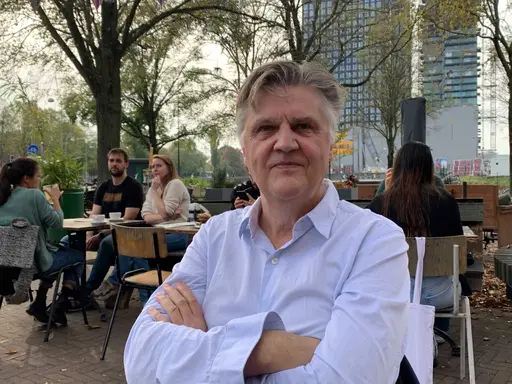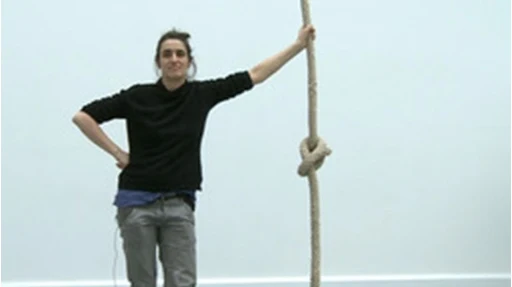output – publication
In this booklet we introduce the Creator Doctus (CrD) as a model for the third cycle/doctoral trajectory in art education in the Netherlands. A few years ago, the Gerrit Rietveld Academie and the Sandberg Instituut took the initiative of arriving at a trajectory that focused on the art – the work of the artist or designer. The inspiration for this was the model of the meesterstuk, referring to works of art that have played an important role in art history and which were based on extensive periods of research.
Over the past years, the discussion about the third cycle/doctorate trajectories in the arts has intensified. Developments in the world of the arts, in (art) education and in society, have increased the interest in doing a third cycle trajectory and obtaining a corresponding title. Currently, a theoretical component forms an important and inextricable part of the trajectory, because the academic model of the university is the only formal way to obtain a doctorate degree. Good forms have been found that do also give artworks a position in these trajectories. But there is no formal trajectory where the artwork is central
and the arts are completely judged on their own merits. The Creator Doctus is a model for this. A model that is not meant to replace anything, but that will run parallel to the existing model of the PhD.
In this model the candidate will not be supervised by the art academy only, there is also a social partner involved. Emphasizing the art and urging the candidate to tread outside of her studio, this allows for the possibility to deepen the artist’s practice as well as to show the societal relevance of the research
and the work. And because the emphasis is explicitly on the art as a result of the research, the Mondriaan Fund has declared itself willing to support this trajectory.
To explore this model in practice, one year and a half ago Yael Davids started as the first CrD candidate with her research trajectory in a pilot. The Van Abbemuseum is the social partner in this case. A second CrD pilot is in preparation.
This is the right time to share the thought processes and the knowledge obtained about this model with other art education institutions. Our purpose is to develop this model further together, so that forces can be combined and a formal (art) practice-based trajectory can be realised.
In this book you will find general information about the design of the CrD, an interview with the first CrD candidate Yael Davids, and a reflection on the CrD trajectory by professor Jeroen Boomgaard.
and the arts are completely judged on their own merits. The Creator Doctus is a model for this. A model that is not meant to replace anything, but that will run parallel to the existing model of the PhD.
In this model the candidate will not be supervised by the art academy only, there is also a social partner involved. Emphasizing the art and urging the candidate to tread outside of her studio, this allows for the possibility to deepen the artist’s practice as well as to show the societal relevance of the research
and the work. And because the emphasis is explicitly on the art as a result of the research, the Mondriaan Fund has declared itself willing to support this trajectory.
To explore this model in practice, one year and a half ago Yael Davids started as the first CrD candidate with her research trajectory in a pilot. The Van Abbemuseum is the social partner in this case. A second CrD pilot is in preparation.
This is the right time to share the thought processes and the knowledge obtained about this model with other art education institutions. Our purpose is to develop this model further together, so that forces can be combined and a formal (art) practice-based trajectory can be realised.
In this book you will find general information about the design of the CrD, an interview with the first CrD candidate Yael Davids, and a reflection on the CrD trajectory by professor Jeroen Boomgaard.

research group
Creator Doctus (CrD)
Creator Doctus (CrD)

